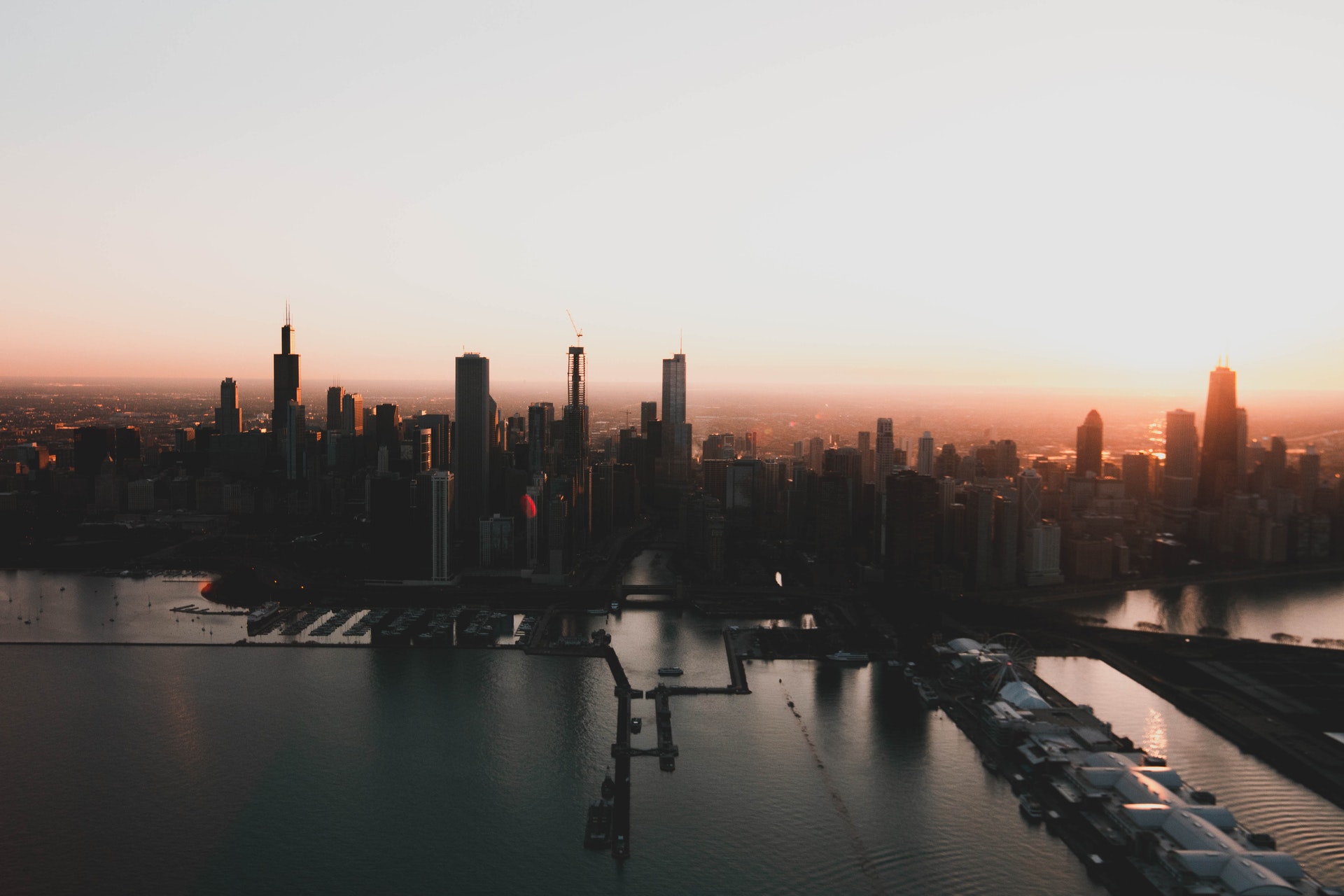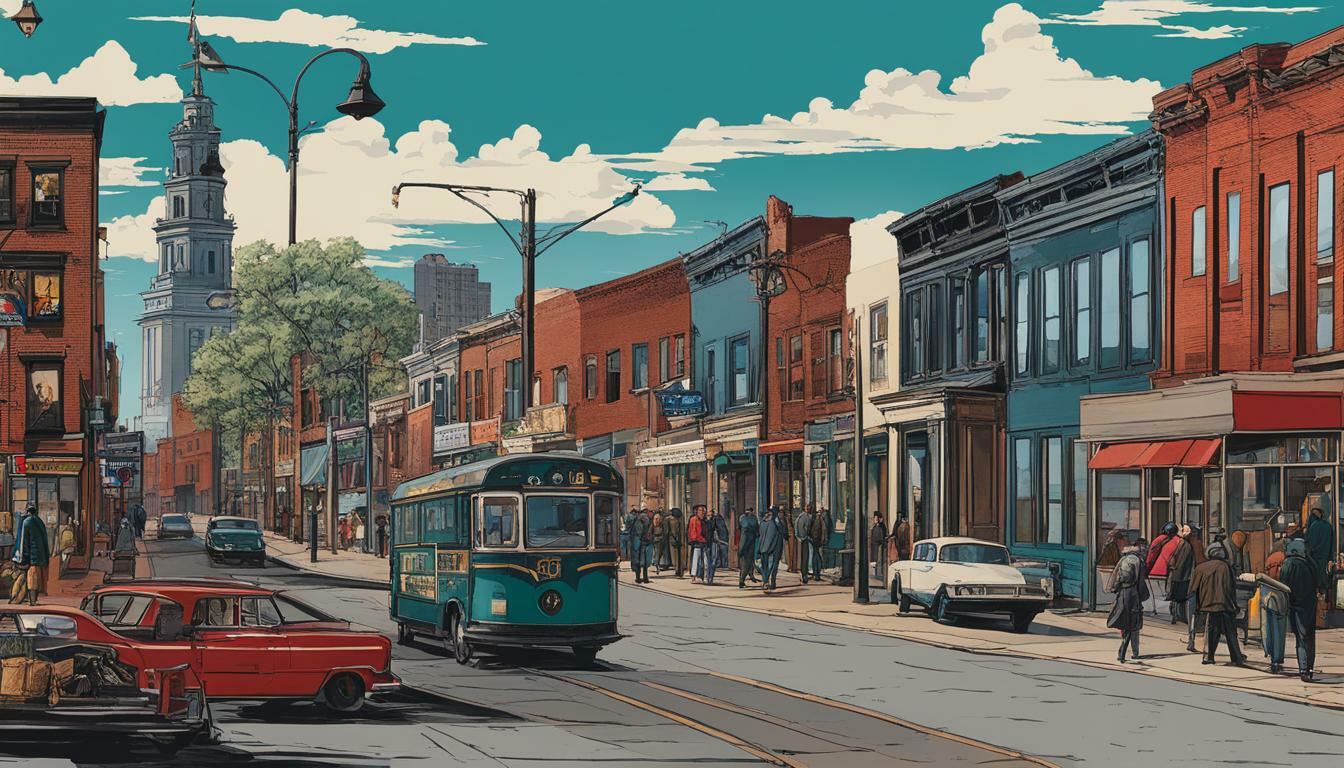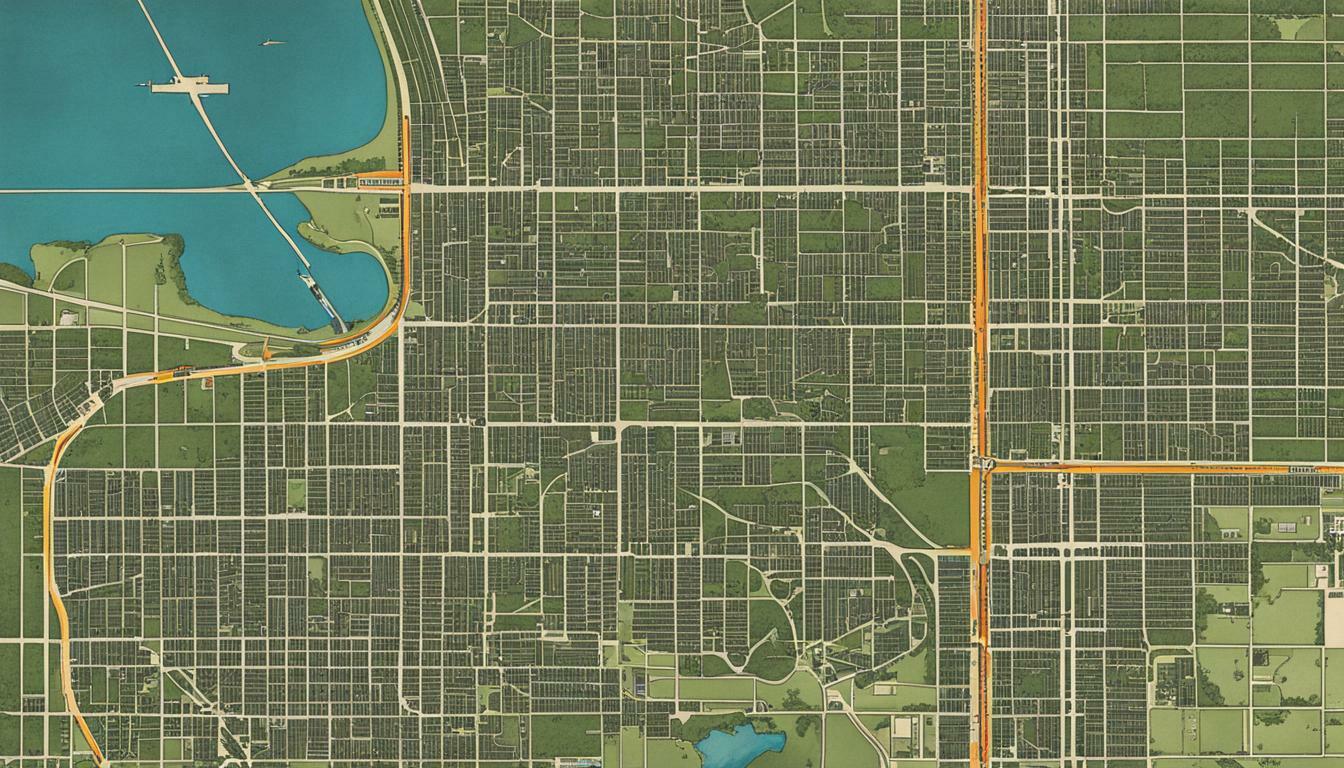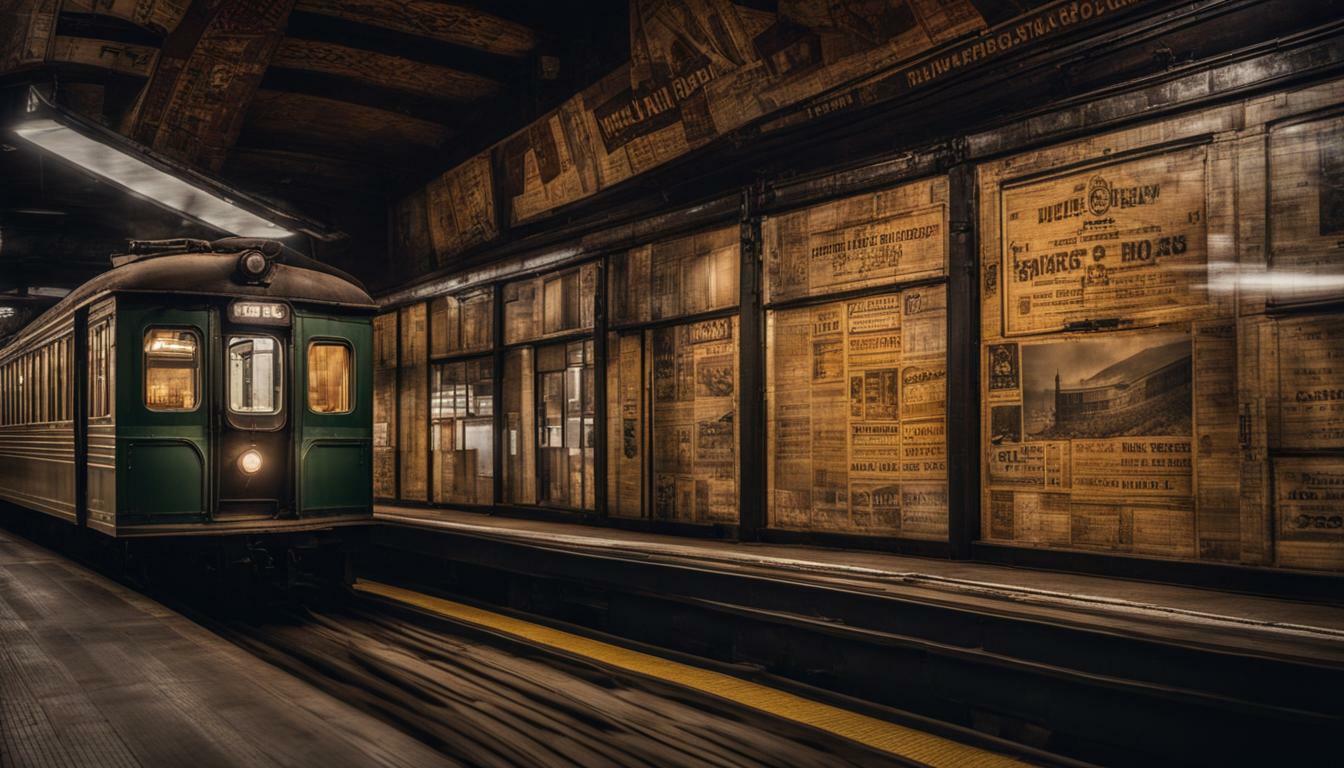Chicago, a city of rich history and vibrant culture, holds a lesser-known treasure within its urban landscape: the historic boulevard system. This intricate network of green spaces and wide streets, once the pride of the city, has faded over time. But as we move towards a future that values sustainability and community, there’s a growing movement to restore these boulevards to their former glory. Let’s journey through the past, present, and potential future of Chicago’s Emerald Necklace.
At a Glance
The Origins of Chicago’s Boulevard System
In the mid to late 19th century, inspired by the grand boulevards of Paris and other European cities, Chicago’s city planners envisioned a network of wide, landscaped streets connecting parks across the city. Dubbed the ‘Emerald Necklace’, this 28-mile loop aimed to offer citizens a respite from urban life, promoting health and fostering community.
The Decline and Renewed Interest
Over the years, these boulevards faced challenges. Traffic congestion, city development, and maintenance issues led to their decline. Yet, as modern urban planning emphasizes green spaces and sustainability, there’s a resurgence of interest in restoring these historic routes.
Groups like the Chicago Boulevard System Alliance (CBSA) are at the forefront of this movement, advocating for the boulevards’ restoration and their recognition as significant urban landmarks.
The Role of Boulevards in Modern Chicago
Beyond beautification, these boulevards can serve as communal spaces that bridge neighborhoods, fostering interactions and a collective city identity. They also play a pivotal role in Chicago’s sustainability initiatives, mitigating urban heat islands, providing wildlife habitats, and enhancing air quality.
The Path Forward
Rehabilitating the boulevard system is a collaborative effort, requiring city planners, historians, ecologists, and Chicago’s residents to work in tandem. The goal is to preserve their historical essence while ensuring they cater to contemporary needs.
Other cities, like Boston and Seattle, have shown that it’s feasible to integrate history with modernity, benefiting both the environment and community.
Rediscovering Chicago’s Boulevards
As we anticipate exploring individual boulevards in future posts, we encourage you to experience these spaces firsthand. Walk their paths, appreciate their history, and imagine their potential. These boulevards are more than streets; they’re a testament to Chicago’s past and a beacon for its sustainable future.
1



